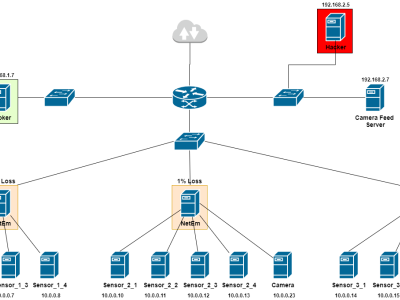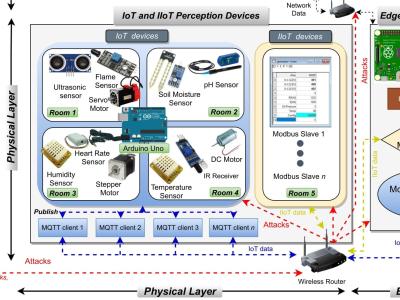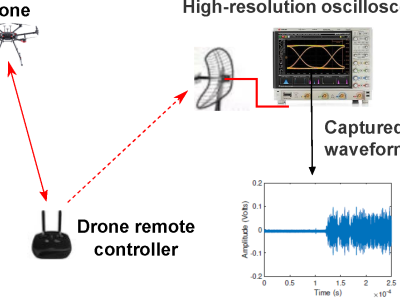Exact BER Analysis of NOMA with Arbitrary Number of Users and Modulation Orders

- Citation Author(s):
-
Emad Alsusa (University of Manchester)Arafat Al-Dweik (Khalifa University of Science and Technology)
- Submitted by:
- HAMAD MOHAMAD ALI YAHYA
- Last updated:
- DOI:
- 10.21227/mxh7-pk27
- Data Format:
- Research Article Link:
- Links:
 734 views
734 views
- Categories:
- Keywords:







